Having spent a full day in Matsuyama, we checked out of our hotel early the following morning and again rode the tram to the train station. We had only enough time to eat a pastry for breakfast at the station’s coffee shop.

Then, we boarded the Uwakai limited express, which was suprisingly full of commuters, for the 1 hour and 20 minute journey south to Uwajima. With each intermediate stop, more and more passengers alighted, and fewer than a third remained on board until the end of the line.

As we had no time to waste, we immediately stashed our luggage in a coin locker and headed out. First, we had a look at the early steam locomotive displayed in front of the station, with an accompanying speaker that plays “The Railway Song” when a button is pressed.

From there, we continued onto the main avenue lined with palm trees, a rare sight in most parts of Japan. The six-lane road itself also seemed out of place in such a quiet town with little traffic.

Walking through the mostly empty streets, it only took us around ten minutes to reach the main gate of Uwajima Castle. Ehime is in fact the only prefecture with two original castles, but compared to the larger and more easily accessed Matsuyama Castle, Uwajima Castle receives virtually no visitors. We saw only 5-10 Japanese tourists in total while we were there.

The castle is the smallest and the farthest from Tokyo among all twelve of Japan’s original castles. On the other hand, its rock-bottom ticket price of 200 yen is by far the lowest. To put it another way, each ticket is even cheaper than the ubiquitous convenience store sandwich.

Upon reaching the top of the hill, we were delighted to see that most of the cherry trees had blossomed. Even better, nobody else was there to get in the way of taking photos.

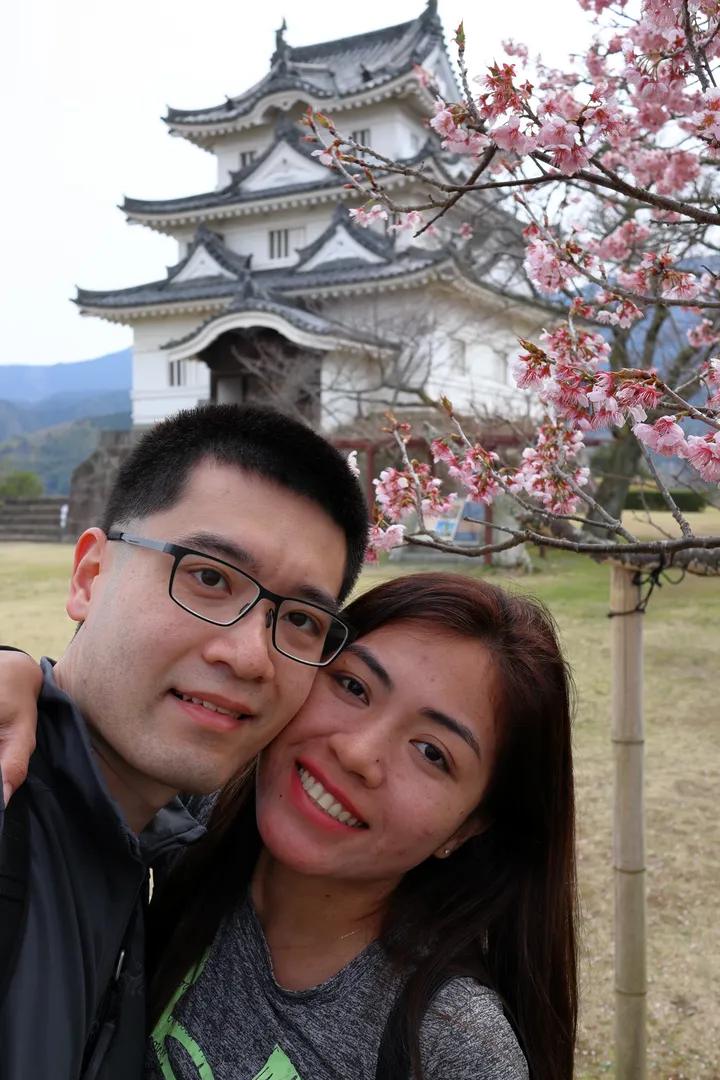
Despite being smaller than those of other castles, the main keep provides good views in all directions.


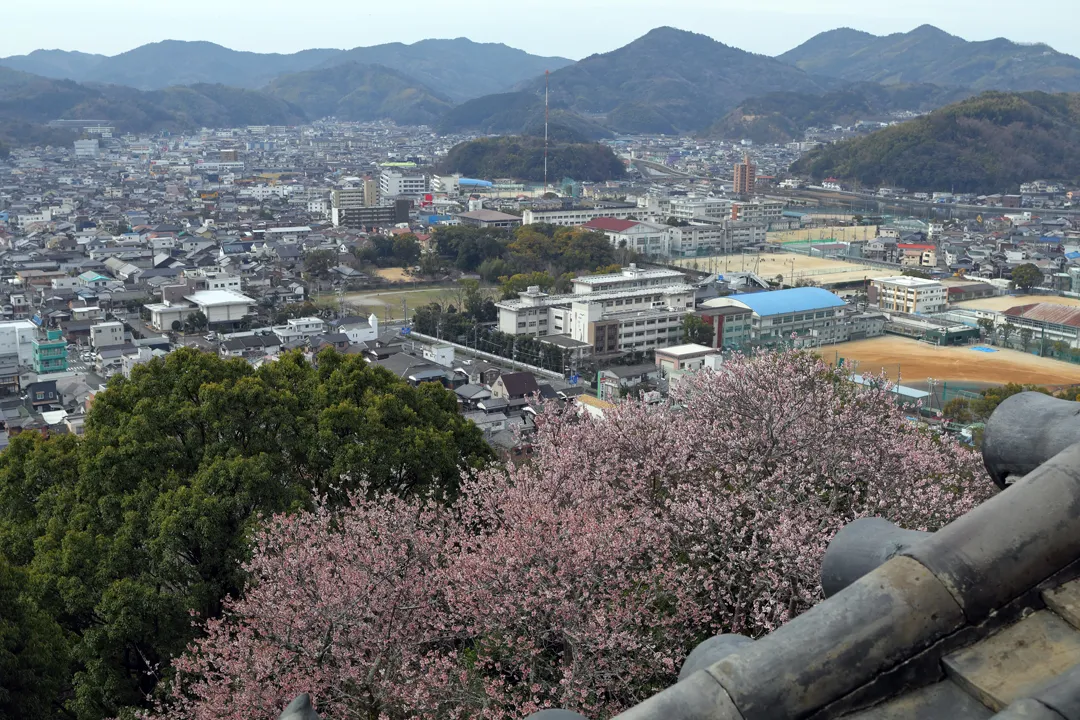
When we exited the castle grounds, we happened to see a garage just outside the main gate where a man was working on classic cars. He was happy to let us take a photo of the Honda displayed in the front.

We chose a different route back to the station, through the covered shopping street.

Sadly but not unexpectedly, it was nearly empty and most of the businesses were shuttered.
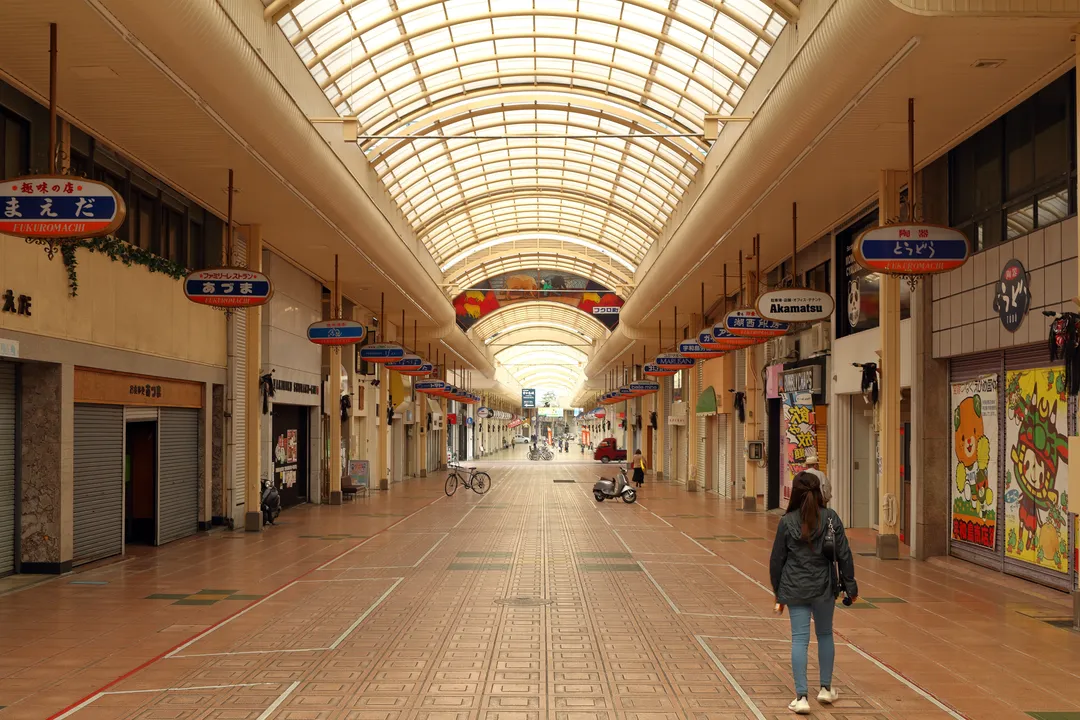

We had to return to the station by noon so we could catch the Yodo Line train and go on to Kōchi. Running from Uwajima Station to Kubokawa Station in Shimanto, Kōchi Prefecture, the Yodo Line passes through a sparsely populated corner of Shikoku. Accordingly, it is one of the least utilized railway lines in the country, carrying an average of only 220 passengers per day in 2022. For comparison, the Tokyo Metro Tozai Line carried an average of 1.1 million daily passengers, or 5000 times as many.
Because of the minuscule ridership numbers, only single-car trains are used on the line. Even so, the train felt practically empty throughout the two-hour ride; no more than ten passengers were aboard at any given time.
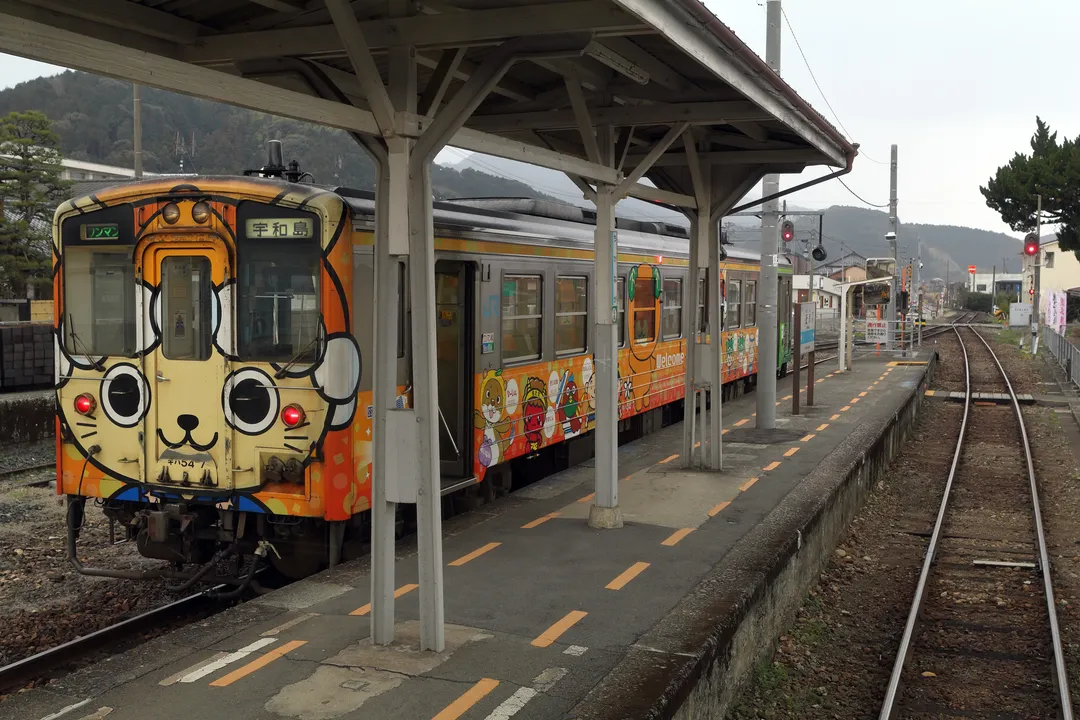

Between the first several stations, the Yodo Line passes through farmland with scattered clusters of houses.

However, after crossing the border between Ehime Prefecture and Kōchi Prefecture, the scenery gradually changes to mostly wilderness, with only a few isolated settlements around the stations.
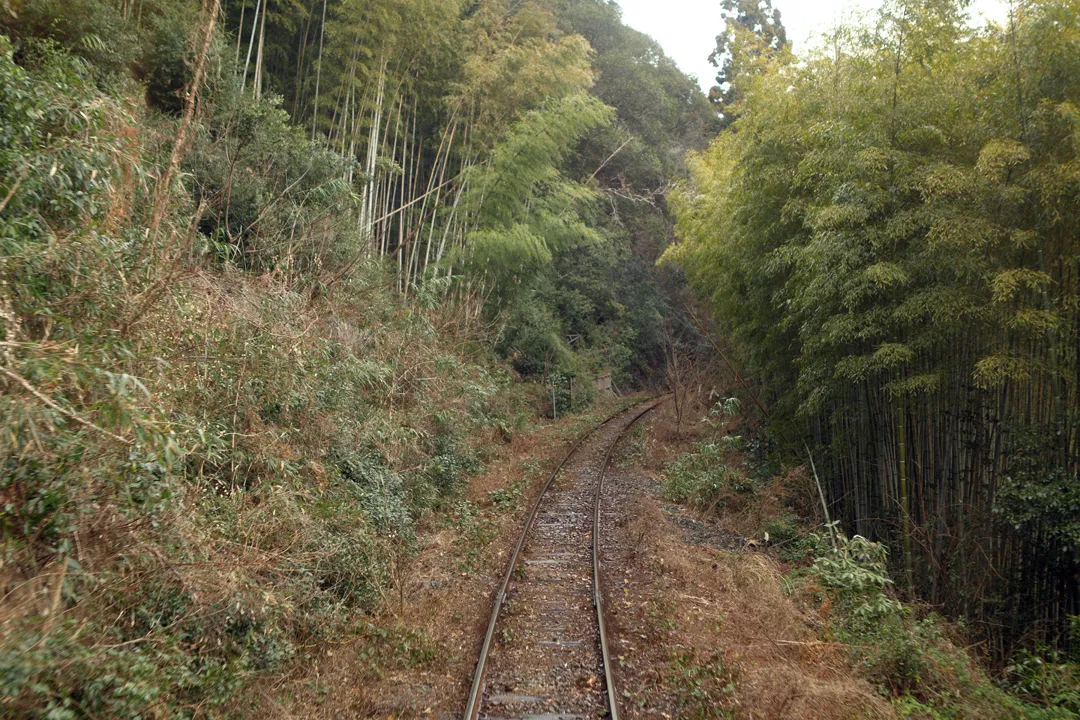
No passengers got on or off at most of those stations, many of which are no larger than a bus stop.

In Kōchi Prefecture, the line mainly runs in the valley of the Shimanto River, known as one of Japan’s cleanest rivers. The views in this section are exceptional.



After arriving at Kubokawa Station, we still needed to wait almost 1.5 hours for the train to Kōchi, so we ate a late lunch there. Fortunately, we didn’t have to go outside in the rain because there is the Shimanto Ekimeshi FORM restaurant inside the station.

We ordered tonkatsu made with local pork. It made for a very filling meal and was definitely one of the best examples of this dish that I’ve had the opportunity to taste.

